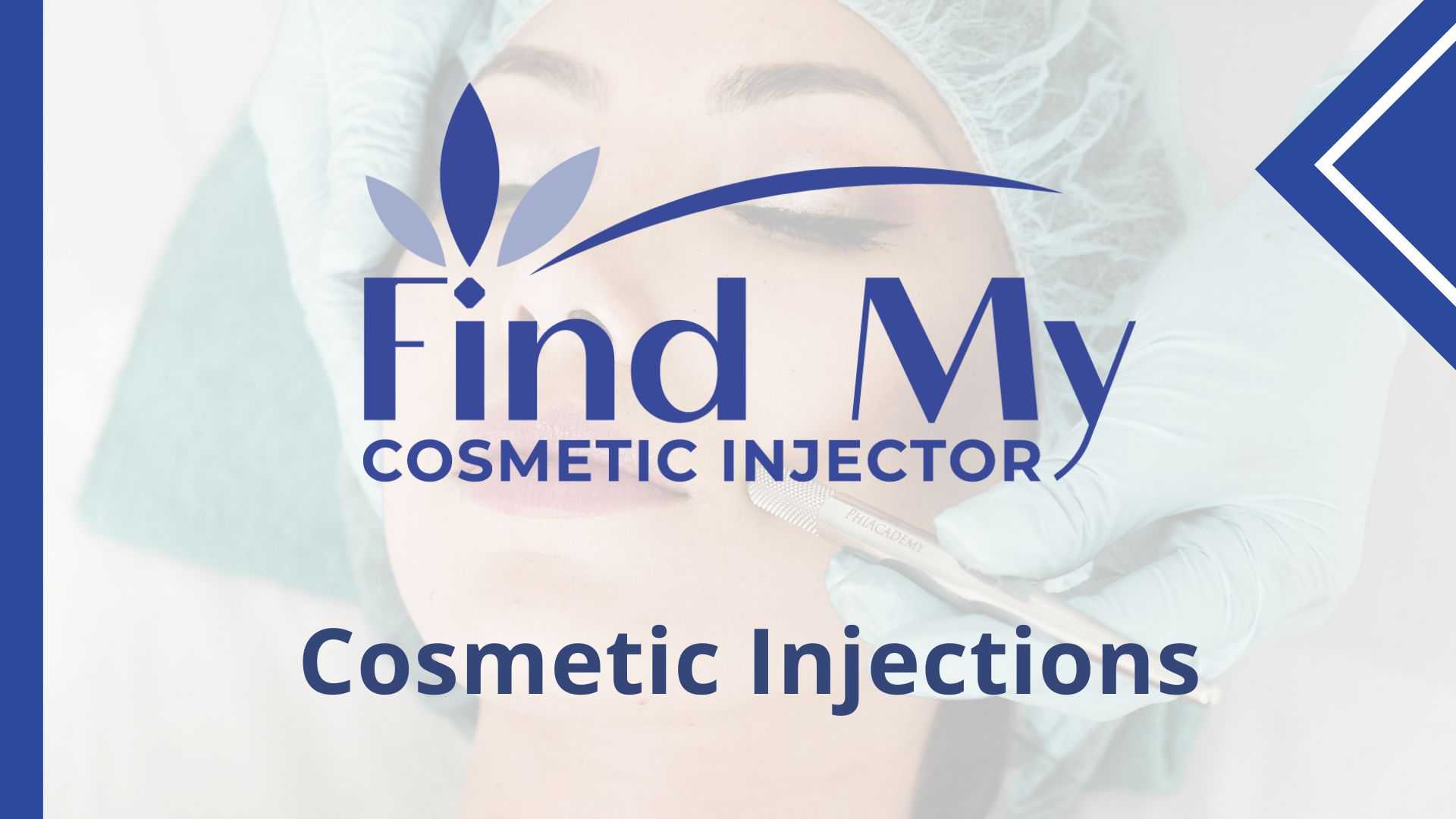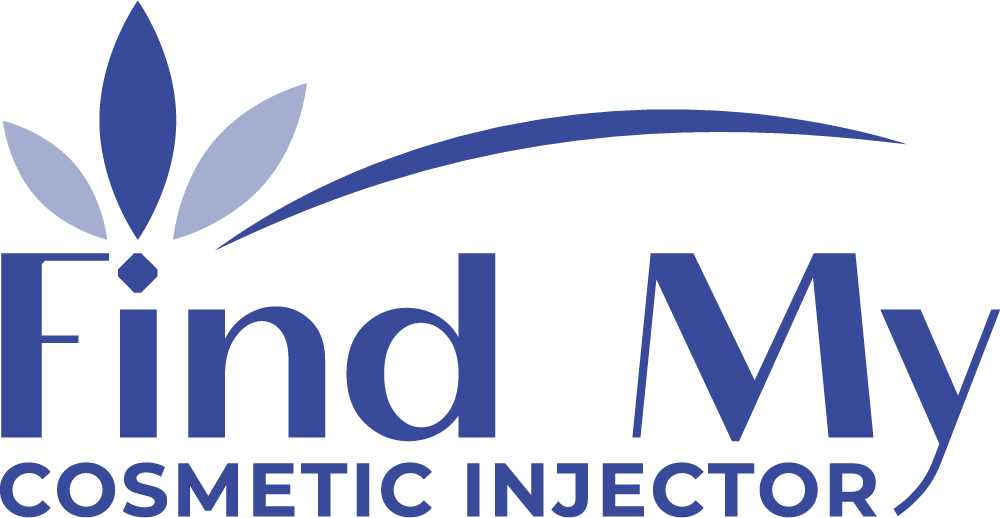
Cosmetic Injections
Neurotoxins Used for Medical Esthetics
Cosmetic Injections
Cosmetic injections are cosmetic treatments that improve the appearance of some areas of the face. They’re a popular and cost-effective way to get rid of wrinkles and lines to create fuller lips, plump cheeks, and smooth brow furrows. Better yet, they usually don’t mandate much downtime.
Below are some types of cosmetic injections:
- Botox is injected to block nerve impulses that cause wrinkles and to soften expression lines
- Dermal fillers are commonly used on the nose, cheeks, lips, chin, hands, knees, legs, arms, ankles, and other body parts that have lost their natural shape.
- Hyaluronic acid fillers are injected into the skin for the sake of augmentation and wrinkle reduction.
- Collagen fillers are facial fillers that create fuller lips, plump cheeks, and smooth brow furrows.
- Platelet rich plasma (PRP) boosts the body's natural healing power, encourages cell growth, and strengthens the skin.
- Dysport/Xeomin temporarily weakens the facial muscles and smooths out wrinkles.
- Restylane, Juvederm, Belotero, and Voluma injections plump up lines and remove creases on the face.
- Surgiderm is a cream that can be injected under the eyes to reduce dark circles. It can also be injected along the jawline to reduce the appearance of a double chin.


What is Botox?
Botox is a temporary muscle relaxer that works by blocking nerve impulses to certain muscles. Botulinum toxin injections can be used to treat facial wrinkles and other medical conditions like migraines or excessive sweating.
The FDA-approved botox cosmetic (onabotulinumtoxinA) temporarily improves the appearance of moderate-to-severe frown lines between the brows in adults.
What Can Botox Correct?
Botox injection is helpful in the treatment of the following:
- Botox is injected to block nerve impulses that cause wrinkles and to soften expression lines
- Naturally occurring lines and wrinkles caused by muscle movements, such as forehead creases or crow's feet.
- Deep folds in the skin from loss of fat support in the face, such as parenthesis around the mouth.
- Increased volume in cheekbones and other areas that have lost fullness due to age.
- Tendency to develop dark under-eye circles.

Botox Side Effects
If you undergo a botox treatment, you may experience some side effects hours or days afterward.
The following are some side effects that can arise from Botox injections:
- Tingling sensations or numbness
- Difficulty breathing, swallowing, or speaking
- Headaches, nausea, and blurry vision
- Bruising, swelling, or redness
- Bleeding or infection at the injection site
- Allergic reaction to the botulinum toxin
Experiencing any of the side effects listed above should not alarm you since they’re usually temporary. However, your body could be fighting the toxins, so you shouldn’t massage or rub the affected area so as to avoid spreading the toxins and escalating the problem.
Nevertheless, the American Society of Plastic Surgeons has declared the treatment safe to administer.
What are Injectable Dermal Fillers?
Injectable dermal fillers (IDFs) are substances that increase volume in some parts of the skin. These products work to fill lines and wrinkles, add fullness to cheeks or lips, or plump up thinning eyebrows.
FDA-approved IDFs contain Hyaluronic Acid (HA), a substance that occurs naturally in humans around the eyes, nose, mouth, and other areas where the skin needs extra support like the hands, elbows, knees, and ankles.

The body uses its natural supply of HA to help form connective tissue. However, as our age advances, our bodies produce less and less of it. This decline in HA causes fine lines and wrinkles to appear on the skin. HAs used in IDF products are either derived from rooster combs or synthesized in a laboratory.
The FDA has approved several different types of injectable dermal fillers for use in the U.S. Still, filler treatments should only be used by a physician or under the supervision of a physician.
What Can Dermal Fillers Correct?
When cosmetic injections are used in the right way, they can help fix most parts of our bodies.
Dermal filler injections treat various signs of aging by:
- Filling in deep lines and wrinkles such as glabella lines, crow's feet, and nasolabial folds
- Filling scars
- Softening static wrinkles on the lower face and neck
- Removing dark shadows on the lower eyelid
- Smoothing out wrinkles caused by facial expressions such as forehead lines, frown creases, and crow's feet
- Replenishing lips that have lost volume or shape
- Diminishing wrinkles from sun damage, such as marionette lines
Dermal Fillers Risks
Like any medical treatment, dermal filler injections have side effects. One of the significant challenges with injectable filler procedures is that they can cause bruising around the treatment site. In addition, the consequences can worsen if patients are taking blood-thinning medications like aspirin or ibuprofen.
There have also been reports of some patients experiencing a shadow effect where the injected site falls later in life, but this phenomenon is rare.
How Can Dermal Fillers Enhance my Appearance?
Dermal fillers can obscure your smile lines and lift and contour various areas of your face, thus improving symmetry and proportion. Then, in consultation with the doctor, you can arrange an individualized treatment plan that meets your needs.
A simple non-surgical procedure lasting only about 15 minutes per session is all it takes to naturally enhance your appearance through hyaluronic acids. As your injectable treatment progresses over several months, natural HA will continue to form, replacing filler material that has begun to be absorbed by your body.
After your skincare treatment, you’ll be wrinkle-free with a perfectly curved mouth and full lips. You’ll sport that rejuvenated, youthful, energetic look that you’ve always desired.
What are Fillers Made With?
Filler ingredients can vary depending on the type of filler administered. For example, collagen fillers are made from animal proteins, while other fillers are made from different types of hyaluronic acid that mimic the natural HA found in the human body.
Hyaluronic Acid (HA)
HA is a water-based, injectable gel that increases volume in the face to reduce the appearance of fine lines and wrinkles. It’s made from hyaluronic acid and helps treat moderate to severe facial wrinkles.
Calcium Hydroxylapatite (CaHA)
Calcium hydroxylapatite (CaHA) is a non-toxic, biocompatible, and biodegradable injectable material that improves the appearance of flat or poorly-defined lips. It achieves that effect by accelerating collagen growth in the patient’s lips.
Poly-L-lactic Acid
Poly-L-lactic acid is a synthetic acid that features a similar composition to human tissue. The acid accelerates healing and ensures that there’s no inflammation or scarring left behind after treatment. Injections help restore the face’s normal contours while filling in deep folds and wrinkles and adding definition to facial structures.
Polymethylmethacrylate (PMMA)
Polymethylmethacrylate (PMMA) is most used as a temporary injection filler. It can also be used to treat post-traumatic facial fractures and torn ear cartilage. Doctors can mix PMMA into a paste that solidifies to form a bone-like material.
Autologous Fat Injections (Facial Fat Grafting)
Fat is the most common filler used in cosmetic surgery–it’s injected directly into the skin to fill out wrinkles and depressions. You usually must wait for about one week after your fat harvesting procedure for your results to become apparent.
Key Differences
There are three main types of cosmetic injections: fat transfer injections, dermal fillers, and neuromodulators.
Fat transfer injections transfer fat cells from one part of the body to another to recreate fuller features.
Dermal fillers are injections made of hyaluronic acid or collagen that smooth out wrinkles, facial lines, and folds.
Neuromodulators are best known for treating conditions like hyperhidrosis, which causes excessive sweating. Botox is one of the only neuromodulators that can temporarily stop sweating, making it suitable for use with hyperhidrosis.
Since cosmetic injections can achieve some desired effects, they’re considered an accepted treatment method for most of the conditions discussed in this article. There are two basic types of cosmetic injections: those that stimulate collagen production (dermal fillers) and those that diminish wrinkles (botulinum toxin).
Dermal fillers come in the form of gels, pastes, or liquids. Once injected, they usually last for six months to two years.
As is typical with all medical procedures, there are possible risks for those who undergo cosmetic injections. They include allergies, bleeding under the skin, bruising, and burns, among others.
Make sure you discuss treatment options with your dermatology healthcare provider before undergoing any cosmetic procedures.
